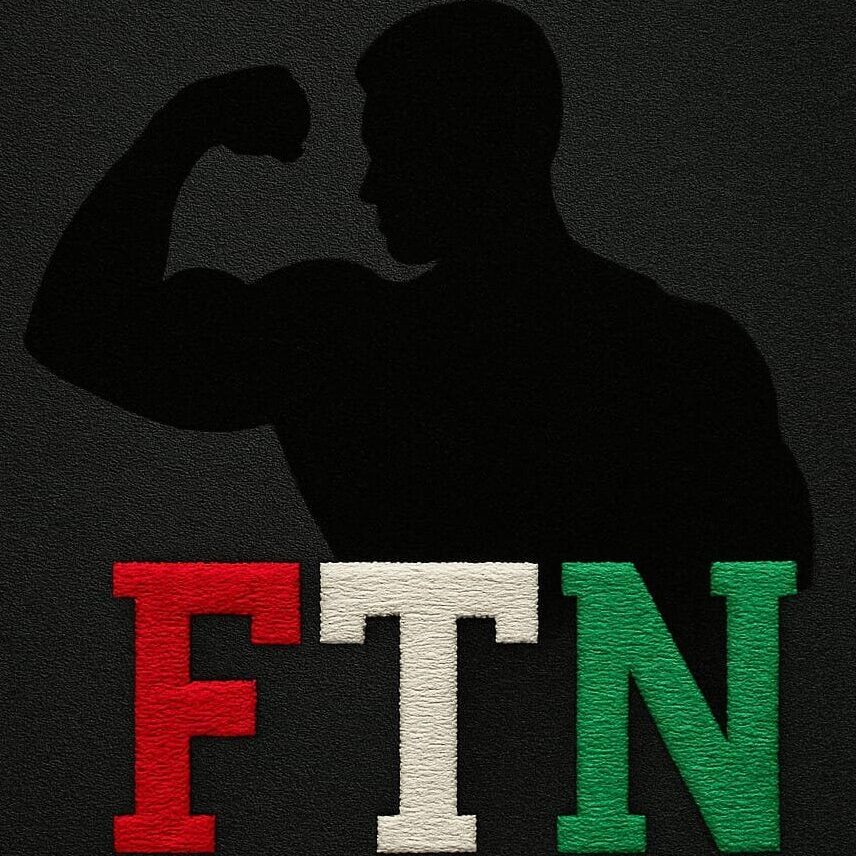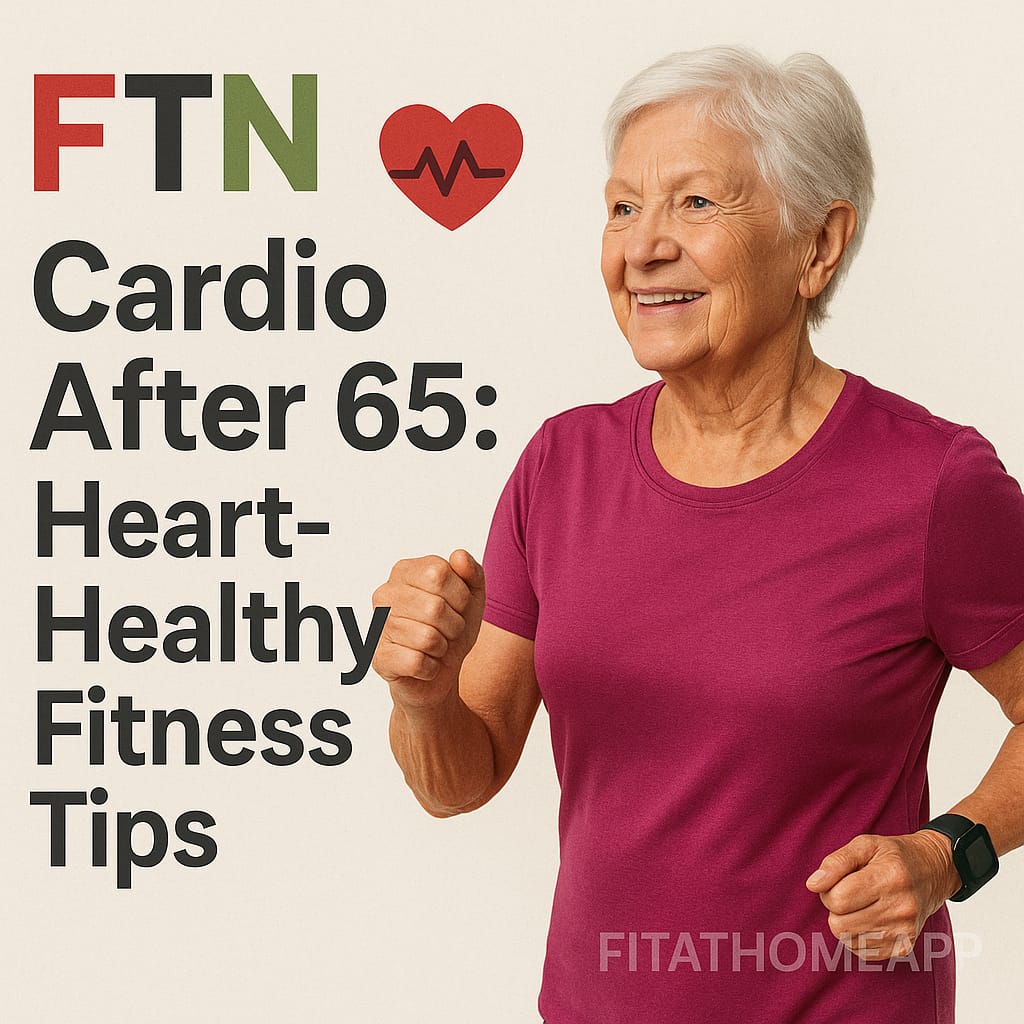As we age, staying active becomes more than just a lifestyle choice—it’s a powerful tool for maintaining independence, vitality, and heart health. For seniors over the age of 65, incorporating regular cardiovascular (cardio) exercise into daily life is one of the best ways to support a healthy heart and overall well-being. 🏃♂️💓
In this guide, we’ll explore why cardio is essential for seniors, the best types of exercises, how to stay safe, and inspiring real-life success stories that prove it’s never too late to get moving.
💡 Why Is Cardio Important for Seniors?
Cardio exercises are any activities that raise your heart rate and improve circulation. Think walking, cycling, swimming—even dancing. These activities strengthen the heart muscle, lower blood pressure, and improve oxygen flow to the body’s organs.
The American Heart Association recommends that older adults aim for at least 150 minutes of moderate-intensity aerobic activity each week. This could be broken down into 30 minutes a day, five days a week—totally doable!
Here’s why it matters:
Reduces risk of heart disease, stroke, and high blood pressure
Helps manage weight and blood sugar levels
Boosts mood and reduces anxiety or depression
Improves balance and reduces fall risk
Enhances sleep and overall energy levels
With heart disease remaining a leading cause of death in the U.S., especially among those over 65, adopting a cardio routine is a step toward a healthier, longer life.
🏃♀️ Best Cardio Exercises for Older Adults
The beauty of cardio is that it comes in many forms—meaning there’s something for everyone, no matter your fitness level.
🚶 Walking
Walking is one of the most accessible, low-impact forms of exercise. A daily walk around your neighborhood or local park can do wonders for your heart and mood. Start slow, then increase your pace and distance over time.
🏊 Swimming & Water Aerobics
Water workouts are perfect for seniors with joint pain or arthritis. The buoyancy of water reduces pressure on the body while still offering a full-body cardio workout. Bonus: It’s fun and relaxing!
🚴 Stationary or Outdoor Cycling
Cycling helps strengthen leg muscles and improve endurance without straining your joints. Stationary bikes are great for indoor safety, while outdoor cycling adds the benefits of fresh air and scenery.
💃 Dancing
Zumba, line dancing, or even ballroom dancing classes for seniors are wonderful ways to get your heart pumping—while having fun and socializing!
🎯 Setting Realistic Fitness Goals
Getting started doesn’t mean going all-in overnight. For seniors, the key is setting small, achievable goals based on your current ability.
Here’s how:
Talk to your doctor first. Get clearance, especially if you have health conditions like diabetes, arthritis, or high blood pressure.
Start small. Begin with 5–10 minutes a day, then work your way up to 30 minutes.
Track your progress. Use a notebook or fitness tracker to log how you feel after each session.
Celebrate wins. Did you walk farther than yesterday? That’s a victory worth recognizing! 🎉
Remember: Progress is progress, no matter how small.
⚠️ Safety Tips for Seniors Doing Cardio
Your safety matters. Follow these simple guidelines before starting any cardio routine:
Warm up and cool down. Begin with 5 minutes of slow movement and stretching.
Wear the right shoes. Good footwear provides stability and reduces the risk of falls.
Stay hydrated. Drink water before, during, and after your workout.
Listen to your body. If you feel dizzy, out of breath, or have chest pain—stop and seek medical advice.
Always put your health first. It’s better to move slowly and safely than to rush and risk injury.
🏋️ Combine Cardio with Strength Training
Want even better results? Combine cardio with strength training exercises twice a week.
Strength training:
Builds muscle mass
Boosts metabolism
Improves bone density
Enhances balance and prevents falls
Use light weights, resistance bands, or even bodyweight exercises like chair squats or wall pushups. This combination creates a balanced fitness routine that supports full-body health.
🙌 How to Stay Motivated
One of the biggest challenges with any fitness journey is staying motivated—especially if you’re starting later in life. Here’s how to make it easier:
Find a buddy. Walk with a friend or join a senior fitness class.
Make it fun. Choose activities you enjoy—gardening, dancing, nature walks, or swimming.
Use technology. Fitness apps and wearables can help track progress and set gentle reminders.
Join a community. Local senior centers often offer low-cost or free exercise classes.
The more enjoyable the activity, the more likely you’ll stick with it.
🌟 Real-Life Stories That Inspire
Need a little inspiration? Meet some seniors who turned their lives around with cardio:
💪 Mary, 72
After retiring, Mary felt sluggish and noticed weight gain. She started walking every morning and joined a water aerobics class. Three months later, she lost 15 pounds, sleeps better, and has more energy than ever.
🚴 James, 68
Battling high blood pressure, James was hesitant to exercise. But after starting with 10 minutes a day on a stationary bike, he’s now riding 30 minutes daily—and his doctor has reduced his medication.
💃 Clara, 75
After losing her husband, Clara found comfort and purpose in dance. She joined a senior Zumba group and discovered not only fitness, but friendship and joy.
✅ Final Thoughts: It’s Never Too Late
No matter your age or fitness level, it’s never too late to start improving your heart health. Whether it’s a walk around the block, a swim at the community pool, or dancing in your living room, every step counts. 🚶♀️❤️
By embracing regular cardio activity, seniors can improve not just physical health—but also emotional and social well-being. Take that first step today and give your heart the care it deserves.
📢 Have a story to share or a tip that worked for you? Leave a comment and inspire others on their journey to heart-healthy living!
My Personal Take on the Video:
I watched this entire video and found it to be highly suitable for seniors looking for safe and effective cardio exercises at home. The workout is simple, low-impact, and requires no special equipment—making it perfect for adults over 65.
What I particularly liked is how the instructor presents each move at a calm, steady pace, using encouraging language that feels welcoming and accessible. The movements shown—like gentle marches, side steps, and arm circles—align well with the recommendations discussed in this article, such as improving heart health, circulation, and overall mobility.
While the video does not provide in-depth medical explanations, it serves as a practical visual guide that complements the theoretical advice shared in the article. That’s why I chose to include it—it gives readers an easy way to apply the cardio principles discussed and take real action toward better heart health

